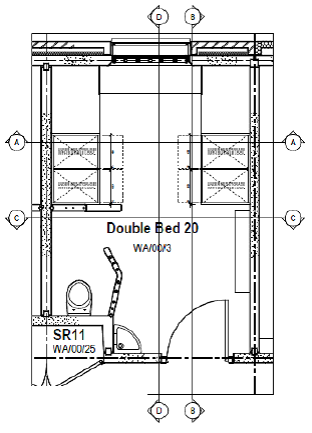B e f o r e :
MR JUSTICE CAVANAGH
____________________
| |
THE QUEEN, ON THE APPLICATION OF (1) NEMAT SOLTANY
(2) ABDUL NASIR EBADI
(3) ABIDULLAH ORIAKHAIL
|
Claimants
|
| |
- and –
|
|
| |
SECRETARY OF STATE FOR THE HOME DEPARTMENT
|
Defendant
|
| |
-and-
|
|
| |
G4S
|
Interested Party
|
____________________
Stephanie Harrison QC, Raza Halim, and David Sellwood (instructed by Duncan Lewis) for the Claimants
Thomas Roe QC and Hafsah Masood (instructed by Government Legal Department) for the Defendant
Scott Matthewson (instructed by BLM) for the Interested Party
Hearing dates: 23-25 June, and 1 July 2020.
____________________
HTML VERSION OF JUDGMENT APPROVED�
____________________
Crown Copyright ©


